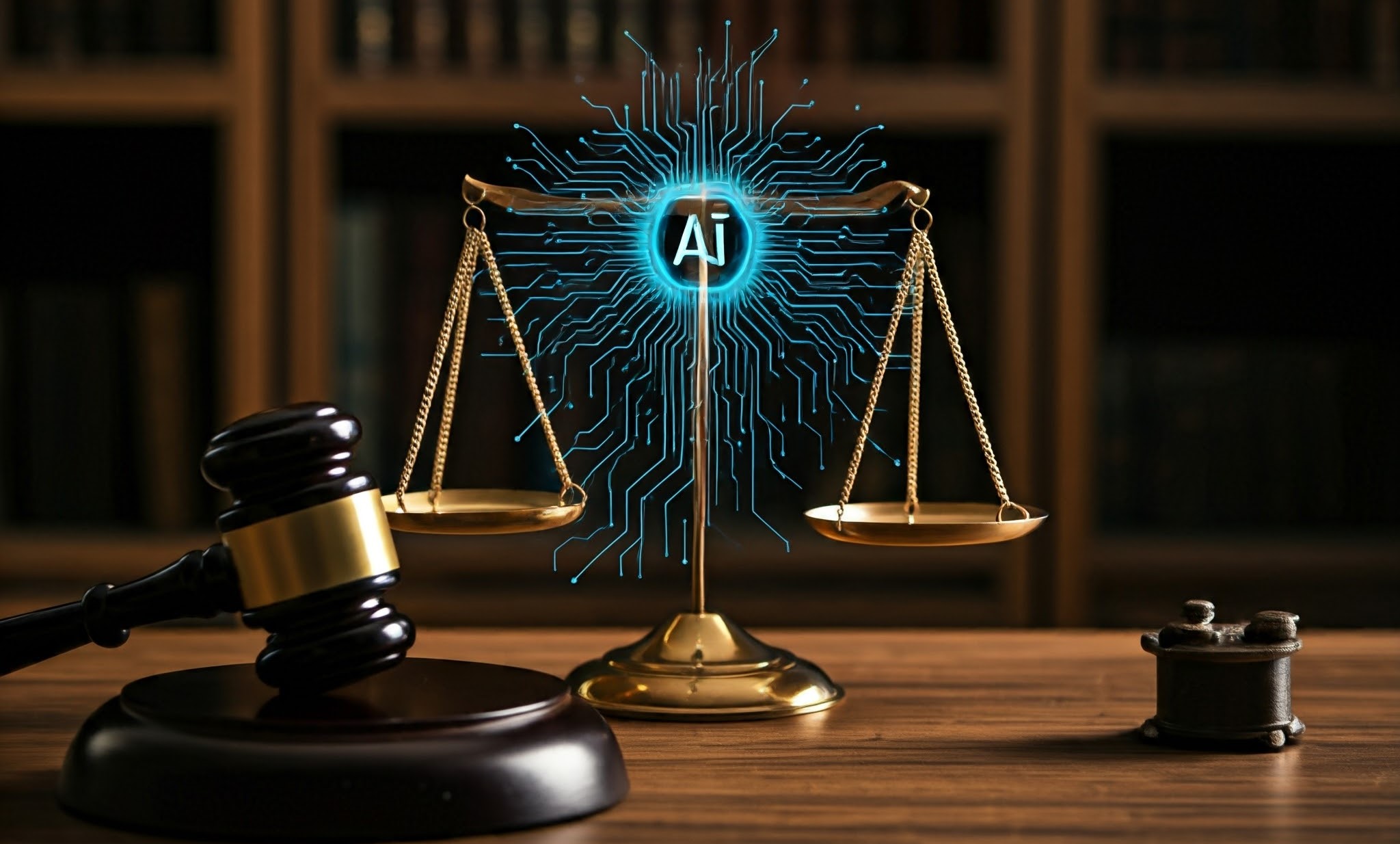
Humans are familiar with AI but are still unaware of its full capabilities. This is not due to the fault of its creators, but the complex data processing methods of AI make it difficult to identify its patterns.
In the world, many people are suffering due to the denial of justice in time and access to justice due to inefficient judicial mechanisms. Justice is considered a fundamental survival instinct. Moreover, justice is often linked with terms such as fairness, impartiality and transparency. So how can AI contribute to be beneficial having justice?
Integration of technology
Despite posing a threat to citizen’s right to privacy and right to fair trial, AI has huge potential to be beneficial in the field of law and justice if used with proper guiding procedures and greater precision.
One famous proverb by William Ewart Gladstone, “Justice delayed is justice denied,” means that if justice is served lately, it is of no worth. This proverb is taken seriously especially in criminal law as fair and speedy trial is a general principle of law and justice.
Soon AI has the potential to serve the judiciary by advancing the traditional process of collection of evidence, analysis of the evidence, hearing of cases, data recording etc.
The judiciary of Nepal is filled with overwhelming backlogs of over 175,000 cases at all levels. According to the fiscal year 2022/23 statistics, the Supreme Court alone holds the record of over 30,000 pending cases. The backlog of cases can be attributed to several factors, including poor administrative efficiency, reluctance to adopt new technologies, insufficient human resources, and limited government funding to the judiciary.
Many of these issues can be solved by integrating new technology in the future which tends to do a higher amount of work at the same time than humans with almost equivalent levels of intelligence.
Nepal’s court system consists of three tiers: District, High, and Supreme Courts, alongside various quasi-judicial bodies that complement these courts. Despite the existence of numerous courts, there has been long-standing public criticism that delayed decision-making is hindering the timely delivery of justice.
In other words, the victim often gets less or later justice than originally demanded. In this course of action, the time, stress and expenses are being entrenched higher to the extent that people’s faith in justice might even be deterred over the long run.
Challenges for formulating policy on AI
Denial to speedy justice in South Asia is severely lacking, with many unable to afford legal representation leading to unjust detentions by authorities. Slower justice delivery has been a rampant disease from top to bottom order of court and is feeding the immune system of the judiciary. Scholars and experts have been demanding for judicial reform in this sector for a very long time but it has not been up to the optimum level.
Fair, speedy and efficient justice is also the major policy of the state. Likewise, the state’s laws have aimed to manage the judicial system in a speedy, efficient, affordable, fair, effective and publicly accountable manner.
This fiscal year could turn into a massive year for the growth of AI in different sectors of Nepal as the government has allocated a programme in the budget to formulate a policy on AI. This step can be a boon to improve our learning and make a clear vision of AI technology.
World scenario on smart courts
However, the lawmakers have challenges ahead. They need to look at various things such as the usage of data and its storage and others. Integrating AI in the judiciary comes up with various ethical and legal challenges such as transparency, accountability, misinformation, disinformation and among others which need to be addressed through proper regulation and policy.
Currently, China stands out as a leading example globally for its implementation of judicial modernisation through the utilisation of smart courts. Only a handful of nations have embraced AI in their judicial processes.
In April 2021, the Supreme Court of India launched its first Artificial Intelligence portal named SUPACE (Supreme Court Portal for Assistance in Courts Efficiency). The main work of this portal is to collect and analyse the data as well as handle the substantial volume of data it receives from case fillings.
At present, there are several AI technologies such as Compass, which help judges in predictions on issues like parole, recidivism, sentencing duration, and others. AI can enhance pro-bono lawyers’ efforts and supplement legal aid through state-sponsored AI chatbots.
These chatbots can also help deliver court services such as information dissemination and quick response hotline services to the public that can save judicial resources and optimise the division of work.
Conclusion
The government can initially work on a plan to invest in these quick response services to enhance public utility and optimise resources in other major areas. When implementing AI in the judicial sector, it’s recommended to start with minor and small cases during the initial phase.
Lawmakers should carefully consider their regular assessment and should be cautious about giving decision-making power in cases where human discretion plays an important role. The policy should be framed in a way which will increase transparency, public faith, and fairness.
As these technologies become more integrated into the judicial system, it’s crucial to assess both their positive and negative impacts on public trust, society and the legal system as a whole. AI technology should be avoided in highly sensitive matters to prevent a breach of confidentiality of the matter. It should be used as a means of assisting and informing courts in such special matters, but it should not be seen as a supreme authority.





















